
Carbon Dioxide Removal Market Trends, Size, Growth Drivers, CAGR Status, Demand, Future Outlook
Carbon Dioxide Removal Market Size- By Technology, By Application - Regional Outlook, Competitive Strategies and Segment Forecast to 2034
| Published: Jan-2025 | Report ID: CHEM2503 | Pages: 1 - 256 | Formats*: |
| Category : Chemical & Materials | |||

- In October 2022: Carbon Engineering Ltd. and Occidental Petroleum Corp. began building of a carbon removal plant in the Permian Basin of the United States. Using direct air capture technology, the plant would be capable of removing 500,000 tons of CO2 from the environment each year.
- In October 2022: The first commercial direct air capture facility in the world, located in Hinwil, Switzerland, is where Climeworks finished commercial operations for their first-generation technology. The venture would assist the company in sharpening its focus and achieving gigatons of CO2 by 2050.
- In April 2021: Thermostat consented to provide the Haru Onie Fuels pilot facility in Chile with DAC equipment. The facility will capture carbon dioxide and use electrolytic hydrogen to produce synthetic fuel. An estimated 250 kilogram of CO2 will be captured every hour by the facility.

| Report Metric | Details |
| Market size available for years | 2021-2034 |
| Base year considered | 2024 |
| Forecast period | 2025-2034 |
| Segments covered | By Technology, By Application. |
| Regions covered | North America, Asia-Pacific, Latin America, Middle East & Africa and Europe. |
| Companies Covered | Aker Carbon Capture, AirCapture, Calix Limited CarbonCapture Inc., CarbonCure Technologies Carbon Engineering, CarbonFree, Charm Industrial, Climeworks AG, Drax Group Fervo Energy, Heirloom Carbon, LanzaTech Noyaand and others. |
- Global Carbon Dioxide Removal Market Size (FY’2021-FY’2034)
- Overview of Global Carbon Dioxide Removal Market
- Segmentation of Global Carbon Dioxide Removal Market By Technology (Direct Air Capture, Afforestation & Reforestation, Soil Carbon Sequestration, Bioenergy With Carbon Capture and Storage, Ocean-Based CDR, Enhanced Weathering)
- Segmentation of Global Carbon Dioxide Removal Market By Application (Consumer Products, Energy, Transport, Industrial)
- Statistical Snap of Global Carbon Dioxide Removal Market
- Expansion Analysis of Global Carbon Dioxide Removal Market
- Problems and Obstacles in Global Carbon Dioxide Removal Market
- Competitive Landscape in the Global Carbon Dioxide Removal Market
- Details on Current Investment in Global Carbon Dioxide Removal Market
- Competitive Analysis of Global Carbon Dioxide Removal Market
- Prominent Players in the Global Carbon Dioxide Removal Market
- SWOT Analysis of Global Carbon Dioxide Removal Market
- Global Carbon Dioxide Removal Market Future Outlook and Projections (FY’2025-FY’2034)
- Recommendations from Analyst
1.1. Scope of the report1.2. Market segment analysis
2.1. Research data source
2.1.1. Secondary Data2.1.2. Primary Data2.1.3. SPERs internal database2.1.4. Premium insight from KOLs
2.2. Market size estimation
2.2.1. Top-down and Bottom-up approach
2.3. Data triangulation
4.1. Driver, Restraint, Opportunity and Challenges analysis
4.1.1. Drivers4.1.2. Restraints4.1.3. Opportunities4.1.4. Challenges
5.1. SWOT Analysis
5.1.1. Strengths5.1.2. Weaknesses5.1.3. Opportunities5.1.4. Threats
5.2. PESTEL Analysis
5.2.1. Political Landscape5.2.2. Economic Landscape5.2.3. Social Landscape5.2.4. Technological Landscape5.2.5. Environmental Landscape5.2.6. Legal Landscape
5.3. PORTERs Five Forces
5.3.1. Bargaining power of suppliers5.3.2. Bargaining power of buyers5.3.3. Threat of Substitute5.3.4. Threat of new entrant5.3.5. Competitive rivalry
5.4. Heat Map Analysis
6.1. Global Carbon Dioxide Removal Market Manufacturing Base Distribution, Sales Area, Product Type6.2. Mergers & Acquisitions, Partnerships, Product Launch, and Collaboration in Global Carbon Dioxide Removal Market
7.1. Direct Air Capture
7.2. Afforestation & Reforestation7.3. Soil Carbon Sequestration7.4. Bioenergy With Carbon Capture and Storage7.5. Ocean-Based CDR7.6. Enhanced Weathering
8.1. Consumer Products8.2. Energy, Transport8.3. Industrial
9.1. Global Carbon Dioxide Removal Market Size and Market Share
10.1. Asia-Pacific
10.1.1. Australia10.1.2. China10.1.3. India10.1.4. Japan10.1.5. South Korea10.1.6. Rest of Asia-Pacific
10.2. Europe
10.2.1. France10.2.2. Germany10.2.3. Italy10.2.4. Spain10.2.5. United Kingdom10.2.6. Rest of Europe
10.3. Middle East and Africa
10.3.1. Kingdom of Saudi Arabia10.3.2. United Arab Emirates10.3.3. Qatar10.3.4. South Africa10.3.5. Egypt10.3.6. Morocco10.3.7. Nigeria10.3.8. Rest of Middle-East and Africa
10.4. North America
10.4.1. Canada10.4.2. Mexico10.4.3. United States
10.5. Latin America
10.5.1. Argentina10.5.2. Brazil10.5.3. Rest of Latin America
11.1. Aker Carbon Capture
11.1.1. Company details11.1.2. Financial outlook11.1.3. Product summary11.1.4. Recent developments
11.2. AirCapture
11.2.1. Company details11.2.2. Financial outlook11.2.3. Product summary11.2.4. Recent developments
11.3. Calix Limited
11.3.1. Company details11.3.2. Financial outlook11.3.3. Product summary11.3.4. Recent developments
11.4. CarbonCapture Inc.
11.4.1. Company details11.4.2. Financial outlook11.4.3. Product summary11.4.4. Recent developments
11.5. CarbonCure Technologies
11.5.1. Company details11.5.2. Financial outlook11.5.3. Product summary11.5.4. Recent developments
11.6. Carbon Engineering
11.6.1. Company details11.6.2. Financial outlook11.6.3. Product summary11.6.4. Recent developments
11.7. CarbonFree
11.7.1. Company details11.7.2. Financial outlook11.7.3. Product summary11.7.4. Recent developments
11.8. Charm Industrial
11.8.1. Company details11.8.2. Financial outlook11.8.3. Product summary11.8.4. Recent developments
11.9. Climeworks AG
11.9.1. Company details11.9.2. Financial outlook11.9.3. Product summary11.9.4. Recent developments
11.10. Drax Group
11.10.1. Company details11.10.2. Financial outlook11.10.3. Product summary11.10.4. Recent developments
11.11. Fervo Energy
11.11.1. Company details11.11.2. Financial outlook11.11.3. Product summary11.11.4. Recent developments
11.12. Heirloom Carbon
11.12.1. Company details11.12.2. Financial outlook11.12.3. Product summary11.12.4. Recent developments
11.13. LanzaTech
11.13.1. Company details11.13.2. Financial outlook11.13.3. Product summary11.13.4. Recent developments
11.14. Noya
11.14.1. Company details11.14.2. Financial outlook11.14.3. Product summary11.14.4. Recent developments
11.14.5.
11.15. Others
SPER Market Research’s methodology uses great emphasis on primary research to ensure that the market intelligence insights are up to date, reliable and accurate. Primary interviews are done with players involved in each phase of a supply chain to analyze the market forecasting. The secondary research method is used to help you fully understand how the future markets and the spending patterns look likes.
The report is based on in-depth qualitative and quantitative analysis of the Product Market. The quantitative analysis involves the application of various projection and sampling techniques. The qualitative analysis involves primary interviews, surveys, and vendor briefings. The data gathered as a result of these processes are validated through experts opinion. Our research methodology entails an ideal mixture of primary and secondary initiatives.
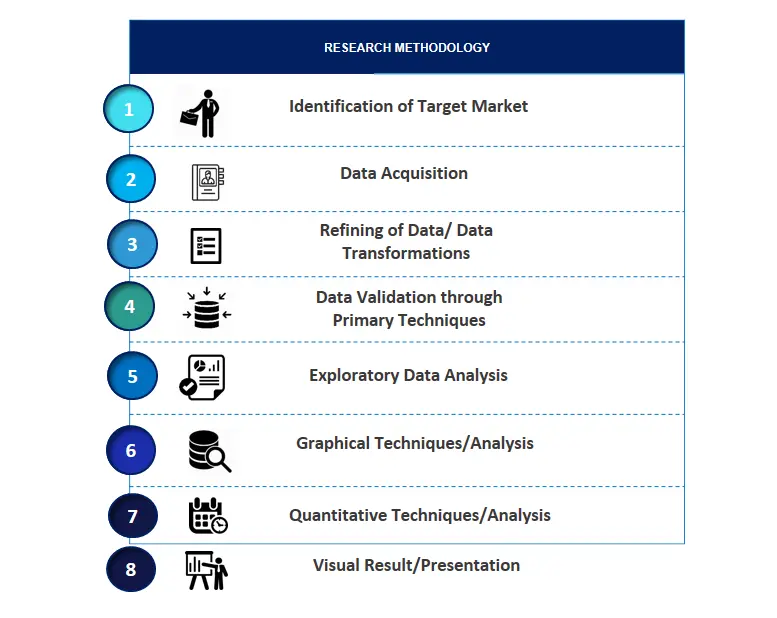
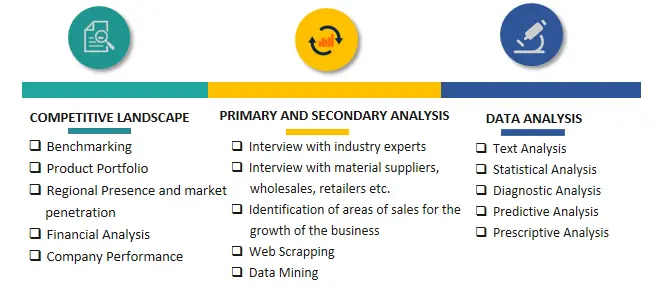

Frequently Asked Questions About This Report
PLACE AN ORDER
Year End Discount
Sample Report
Pre-Purchase Inquiry
NEED CUSTOMIZATION?
Request CustomizationCALL OR EMAIL US
100% Secure Payment
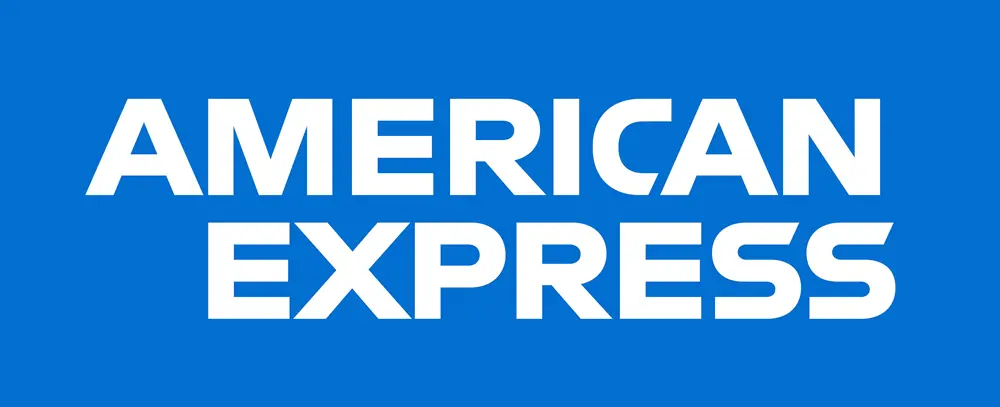

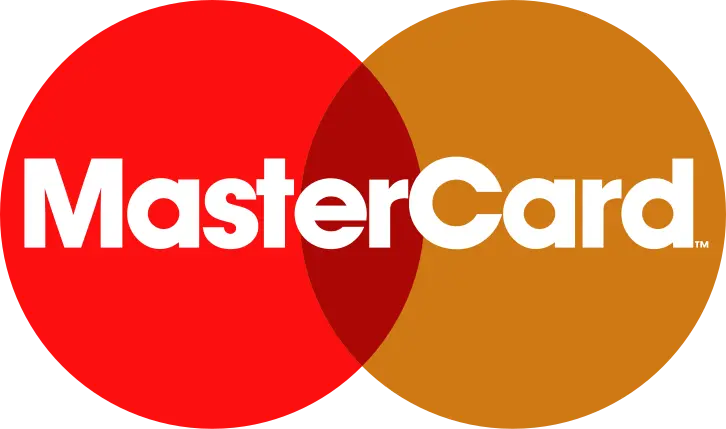
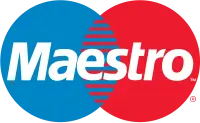


Related Reports
Our Global Clients
Our data-driven insights have influenced the strategy of 200+ reputed companies across the globe.




















